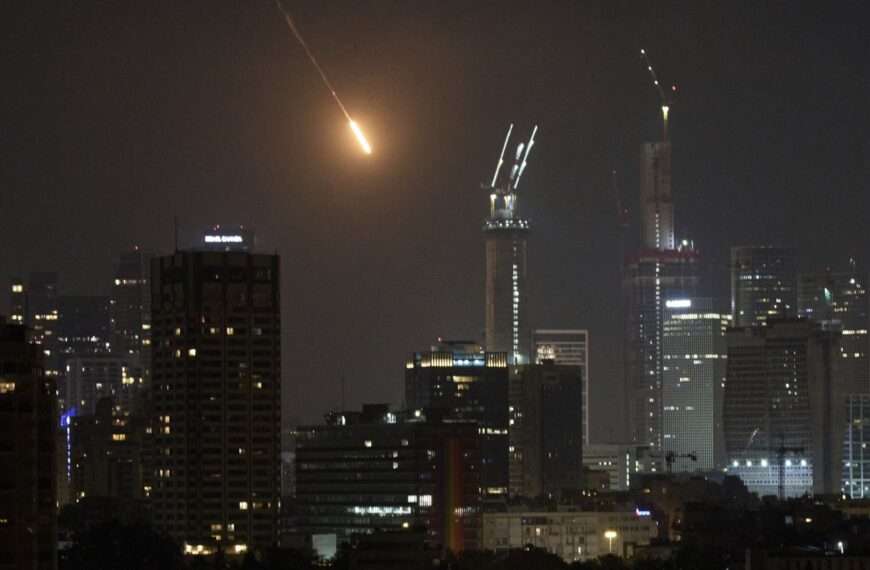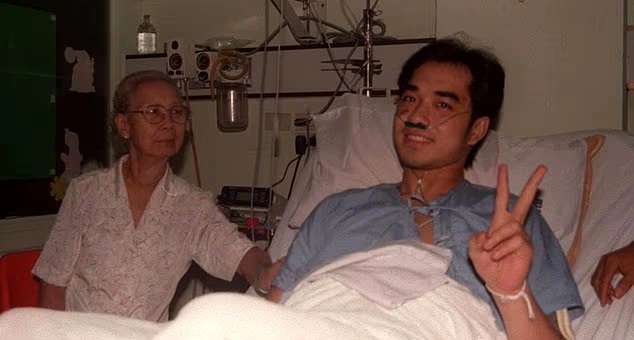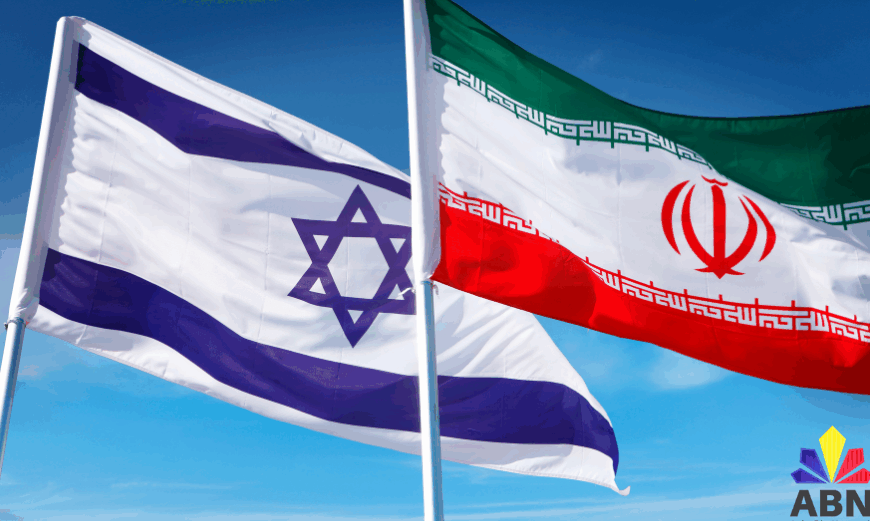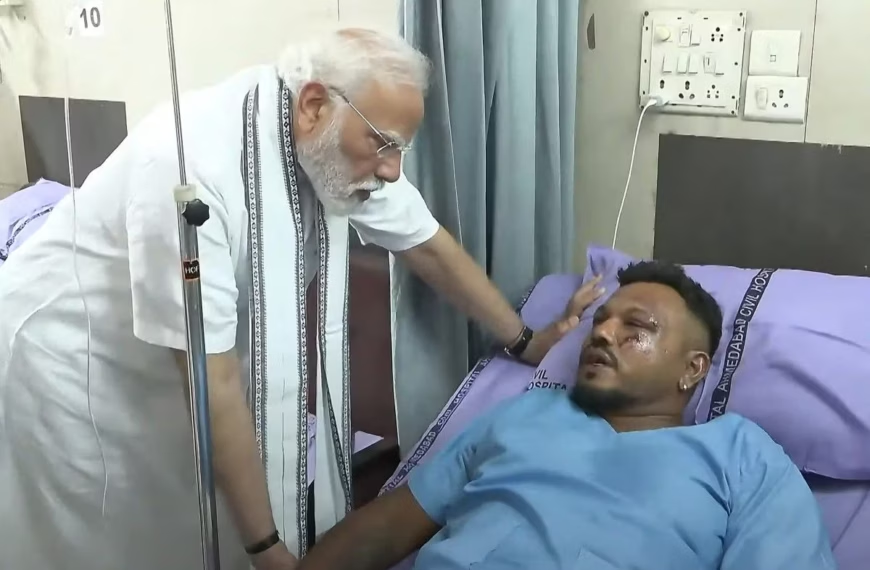The State of Vape in the PH
The vape business in the Philippines has grown exponentially in recent years, driven by rising awareness of smoking alternatives and the increasing popularity of vaping products. Though vapes are available for a decade now, it’s popularity started off as a peculiar trend during the pandemic when purchasing consumer goods online had a massive upsurge. As for the latest updates, here are a few interesting aspects of the vape business in the Philippines:
• Economic Impact: The rise of the vape industry in the Philippines has contributed to job creation, with many people involved in retail, distribution, and manufacturing. Additionally, the government has imposed taxes on vaping products to boost public health funding. The market also attracts foreign investors and manufacturers, creating opportunities for local businesses to expand.
• Regulation and Policy Changes: The Philippine government has introduced regulations aimed at controlling the sale and distribution of vaping products. In 2020, the government passed the Vaporized Nicotine Products (VNP) Regulation Act, which brought vapes under tighter regulation. This law enforces restrictions on the sale of e-cigarettes and vape devices to minors, as well as labeling requirements, and set up guidelines on flavoring and advertising.
• Changing Consumer Preferences: Filipino consumers are increasingly seeking flavored e-liquids, with flavors ranging from fruit to dessert-inspired blends. This change in preferences has led many companies to innovate, providing a variety of products that appeal to diverse tastes. However, some regulations have restricted certain flavors, such as those resembling candy or soft drinks, which has created some tension in the industry.
• Growth of Vape Stores: Vape shops have become increasingly common across the Philippines, particularly in urban areas. The trend reflects the rising interest in healthier alternatives to traditional smoking. Many of these shops offer a wide range of e-liquids and devices, catering to both beginners and experienced users. The market for accessories, flavors, and devices has become quite competitive.
• Health and Safety Concerns: Despite the rising popularity, there are ongoing debates about the health implications of vaping. Critics argue that vaping may still pose risks, especially with some products containing harmful chemicals. These concerns have led to calls for more regulation in terms of safety standards and quality control in the production of vape devices and liquids.
• Youth Appeal and Concerns: Like many countries, the Philippines has faced challenges with underage vaping. A significant portion of the vape market is composed of young adults, which has led to calls for stronger enforcement of age restrictions. The government and various groups have been pushing for stricter control to prevent minors from accessing vaping products.
Overall, the vape business in the Philippines continues to evolve, shaped by a blend of regulatory frameworks, consumer demand, and global health concerns. It represents a fast-growing sector, with opportunities and challenges for businesses operating within it.





